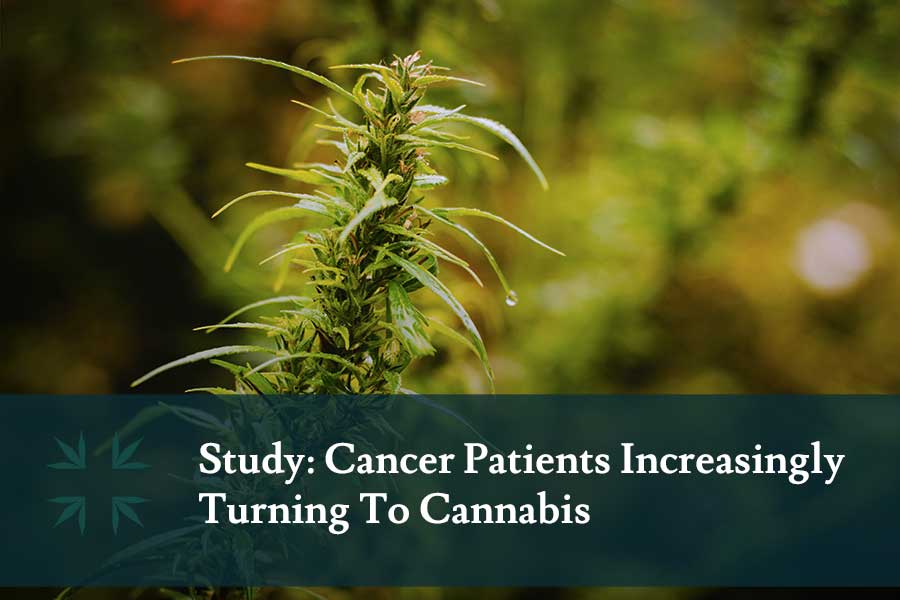More and more cancer patients in the United States are turning to marijuana for pain relief, according to a new study.
Researchers at the University of California, San Diego, used survey data to analyze the trends of marijuana and opioid use among cancer patients in the US.
The findings were published in the peer-reviewed journal CAN-CAR in April with the title, “The role of cancer in marijuana and prescription opioid use in the United States: A population-based analysis from 2005 to 2014.”
The team, led by Jona Hattangadi-Gluth, MD, and Kathryn Ries Tringale, MD, MAS, took their data from the U.S. National Health and Nutrition Examination Survey, which collected information on marijuana and opioid use of cancer patients between the ages of 20 and 60 from 2005 to 2014.
The research team found evidence to suggest that 40 percent of cancer patients use cannabis to relieve their symptoms, and that this figure has increased over time.
In their conclusions, the researchers state that, “Although opioid use did not significantly change from 2005 to 2014 among all respondents, marijuana use did increase, likely reflecting increased availability and legislative changes.”
The survey paired 825 respondents with cancer to 1,652 controls who do not have cancer. Among the group with cancer, 40.3 percent reported that they had used marijuana in the past year, while 38.3 percent of respondents without cancer had also used cannabis during this time.
The study also found that rates of opioid use among cancer patients had remained stable, though people with cancer were more likely to use opioids than those without.
The researchers’ findings may suggest that more and more patients with cancer are choosing to alleviate their pain with medical cannabis instead of opioids. Lead researcher Dr. Hattangadi-Gluth cautioned that though there has been positive reports of swapping opioids for marijuana, more research is required.
“Medical marijuana legalization has previously been associated with a reduction in hospitalizations related to opioid dependence or abuse, suggesting that if patients are in fact substituting marijuana for opioids, this may introduce an opportunity for reducing opioid-related morbidity and mortality,” Hattangadi-Gluth said.
“Of course, it will also be important to identify risks and adverse effects of marijuana, which has not previously been studied on large randomized clinical trials, given its scheduling as a class 1 controlled substance.”
The team’s findings correspond with previous research on the issue that suggests more cancer patients are opting for marijuana over prescription drugs such as opioids to provide symptomatic relief.
A 2017 study published in the Journal of Pain Research, reported that nearly half of respondents used marijuana instead of prescription drugs. Their research also indicated that substitution was more likely among medical marijuana users and in those states where medical marijuana is legal.
The research team, partly comprised of Dr. Michelle Sexton, James Corroon Jr., ND, MPH, and Laurie Mischley, ND, PhD, MPH, concluded that their findings contribute to “a growing body of literature suggesting cannabis, legal or otherwise, is being used as a substitute for prescription drugs, particularly prescription pain relievers.”
In a statement published in Physicians Weekly, Sexton goes on to say that the, “Evidence suggests that many patients are seeking natural alternatives and either requesting cannabis or initiating cannabis use on their own, even in states with no legislative initiative for medical use of cannabis.”
A separate study published in December 2018 by oncologists from Kymera Independent Physicians found that 41 percent of patients who had taken medical marijuana for at least one month reduced their use of opioids. Eighty percent of the patients with cancer in this study self-reported improvements in pain relief after using marijuana.

Leave A Comment